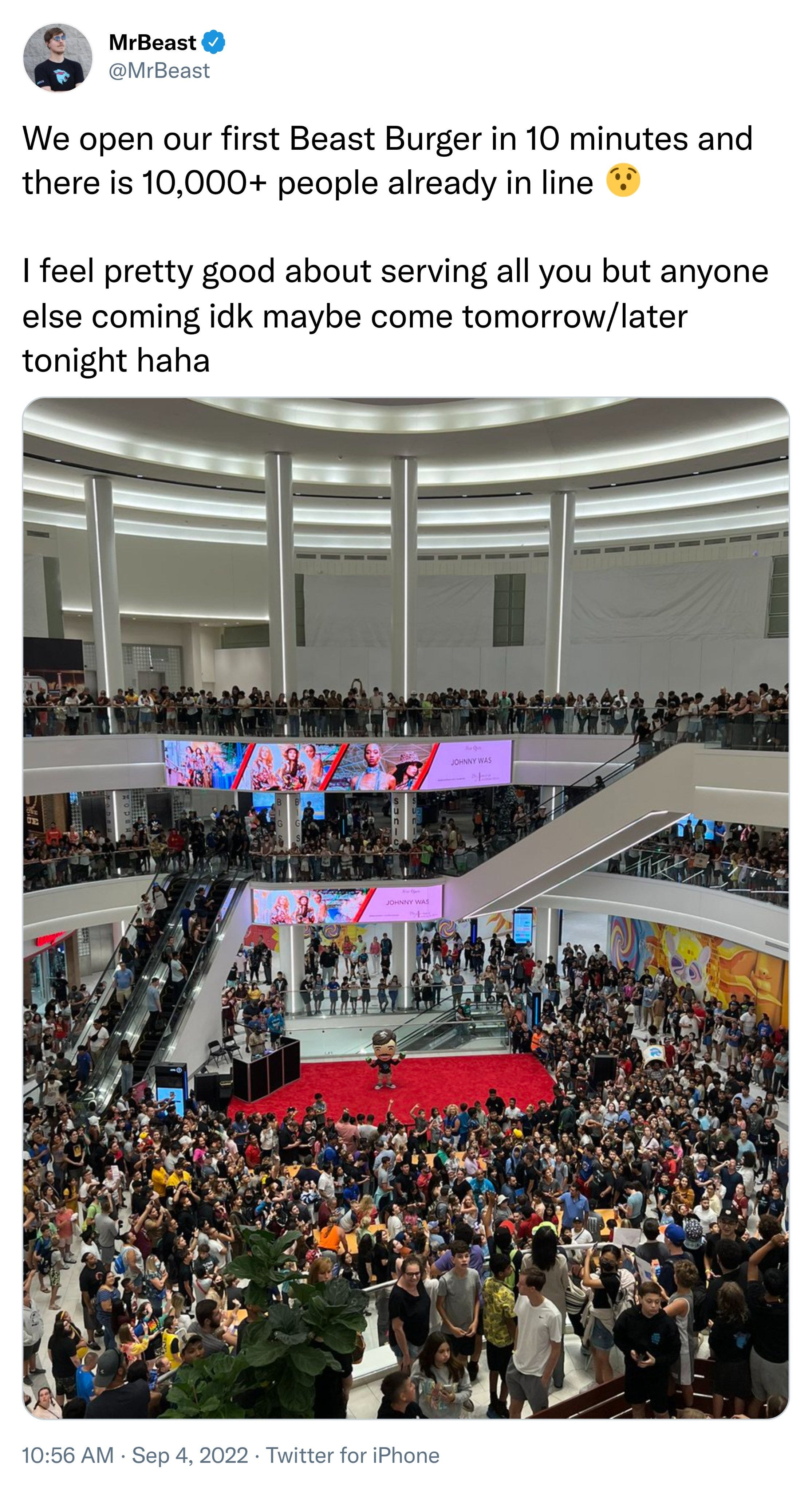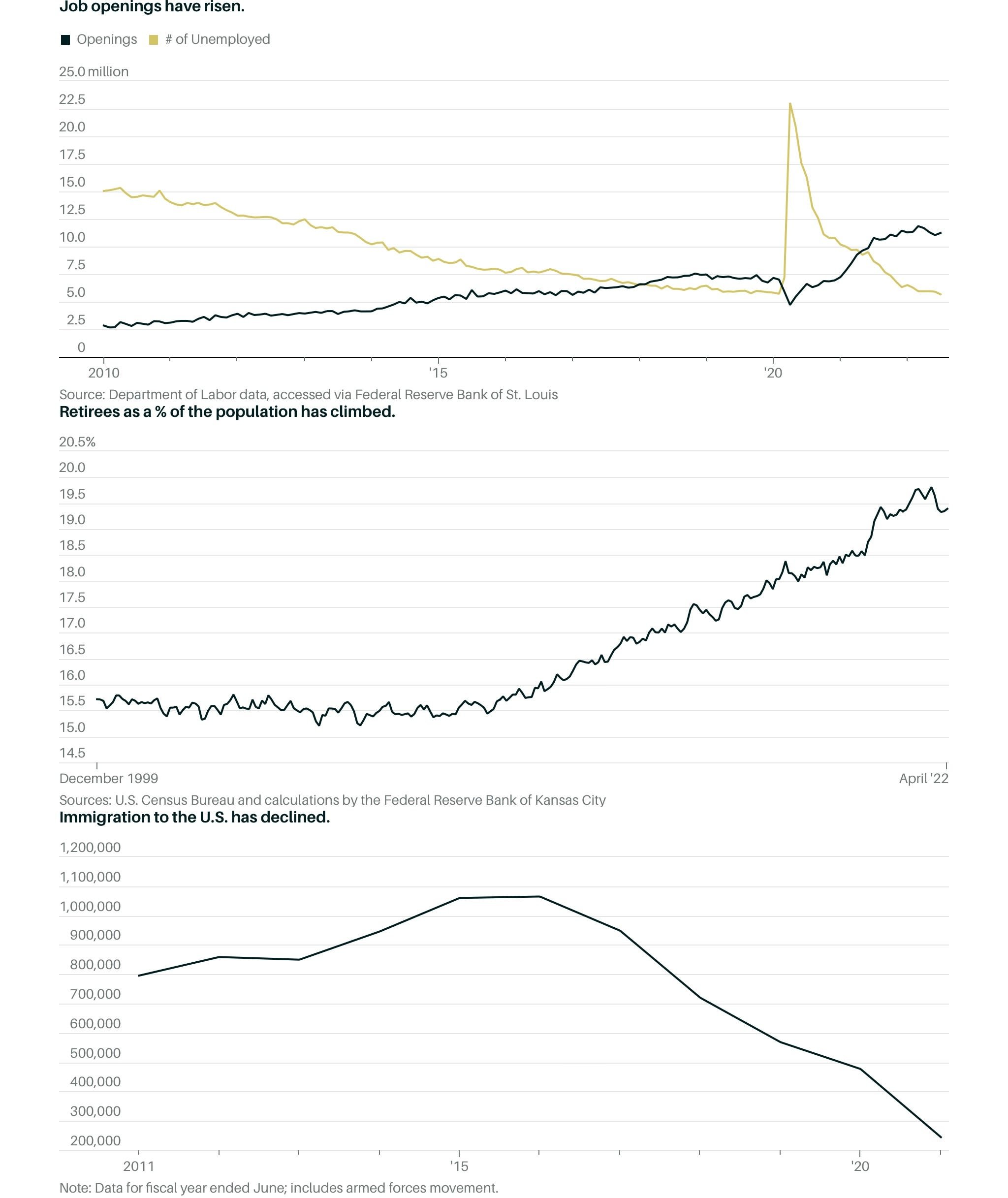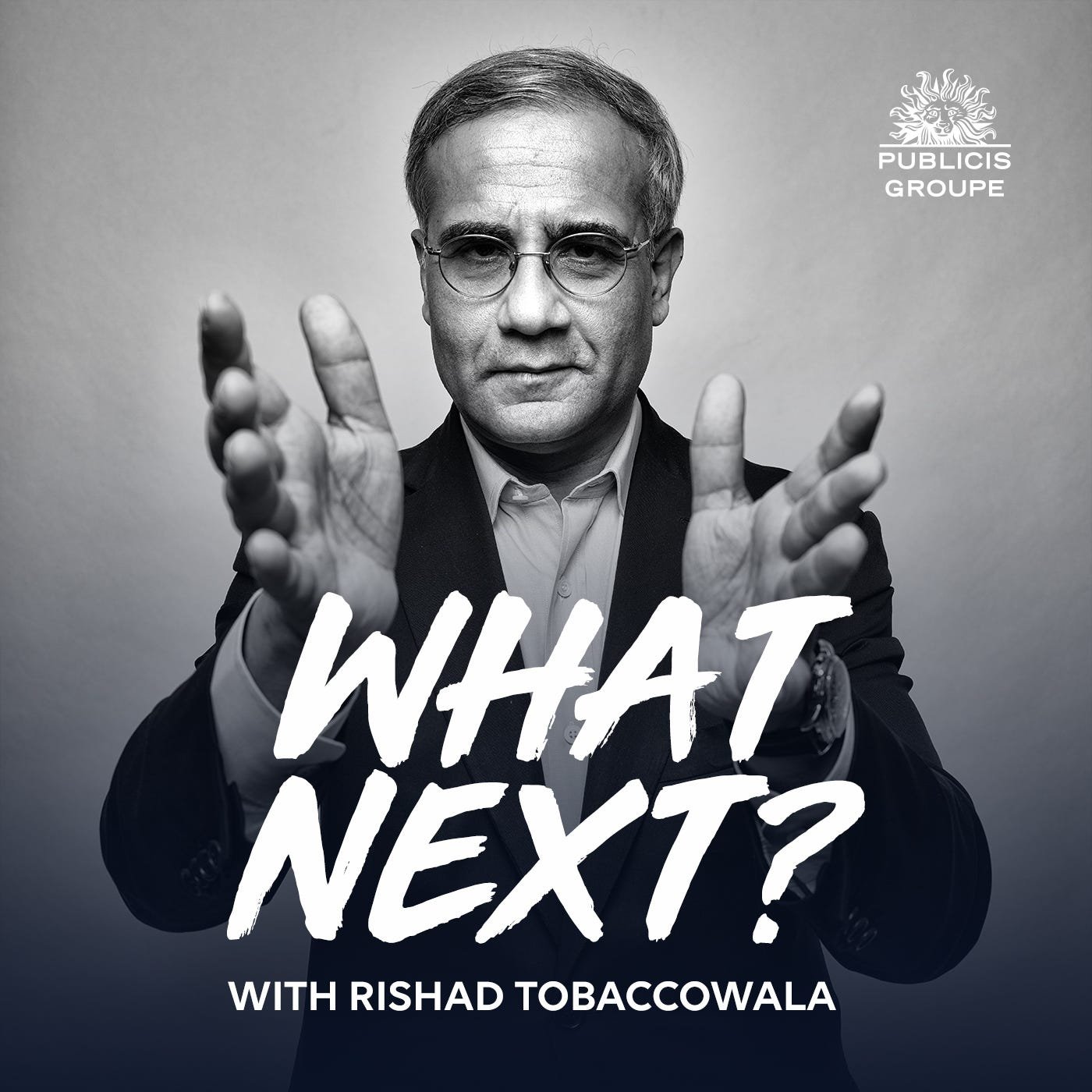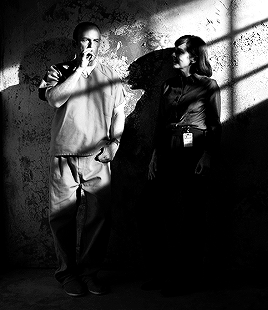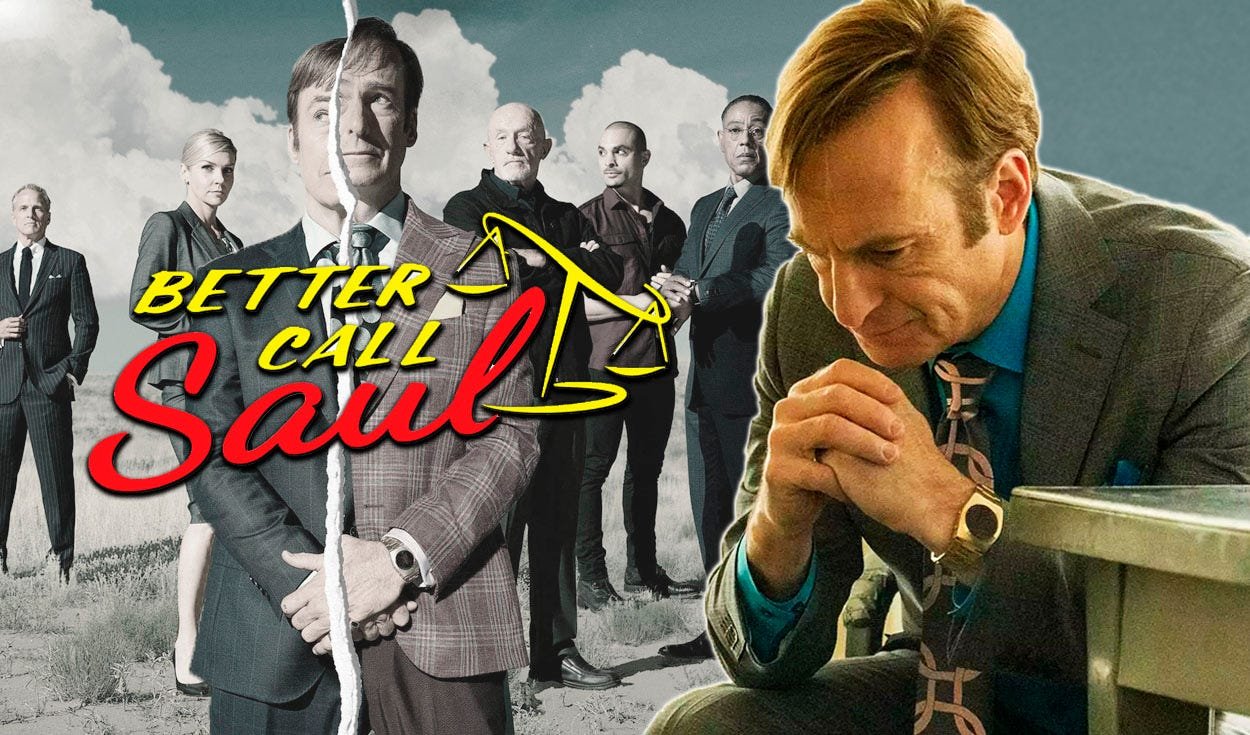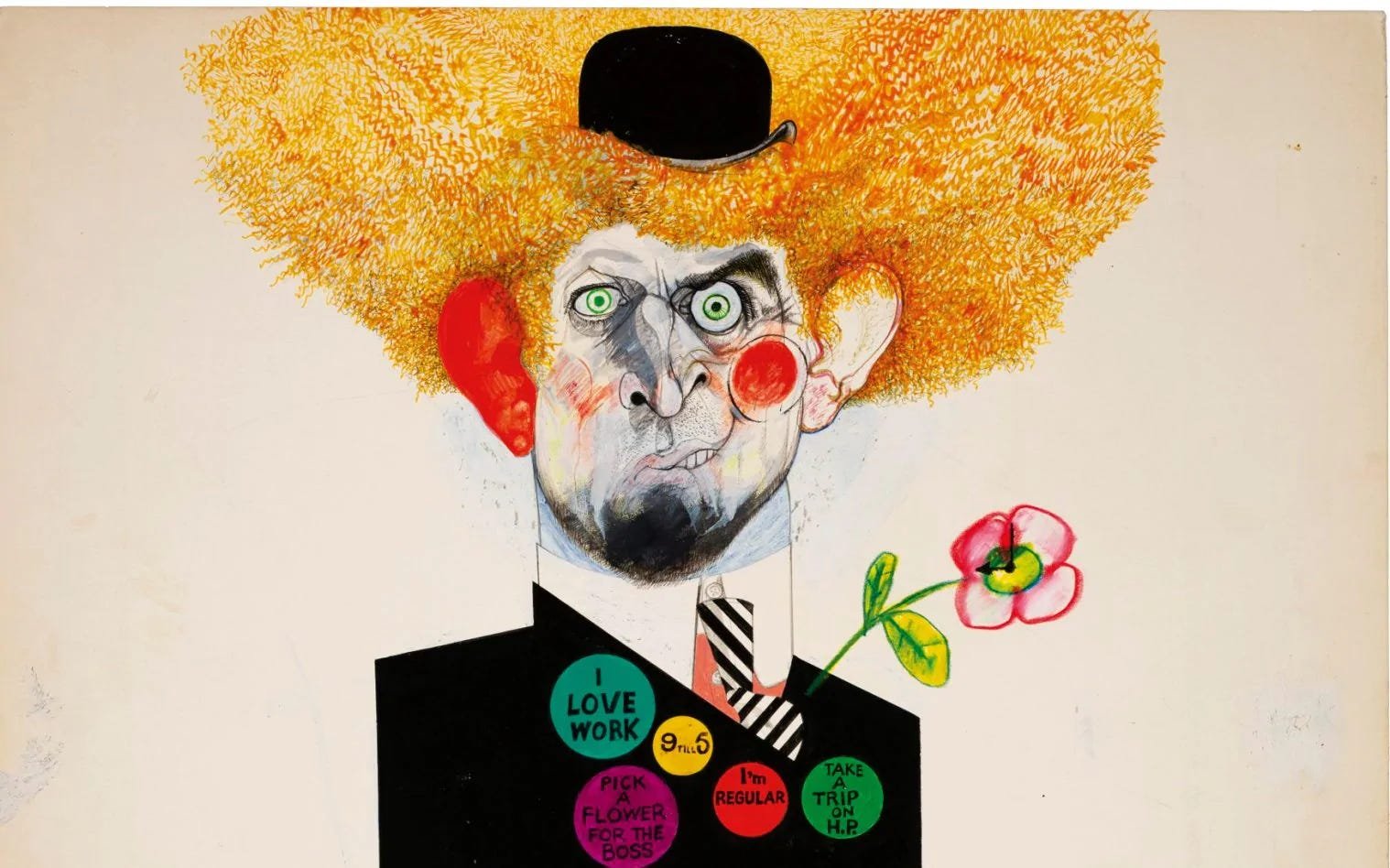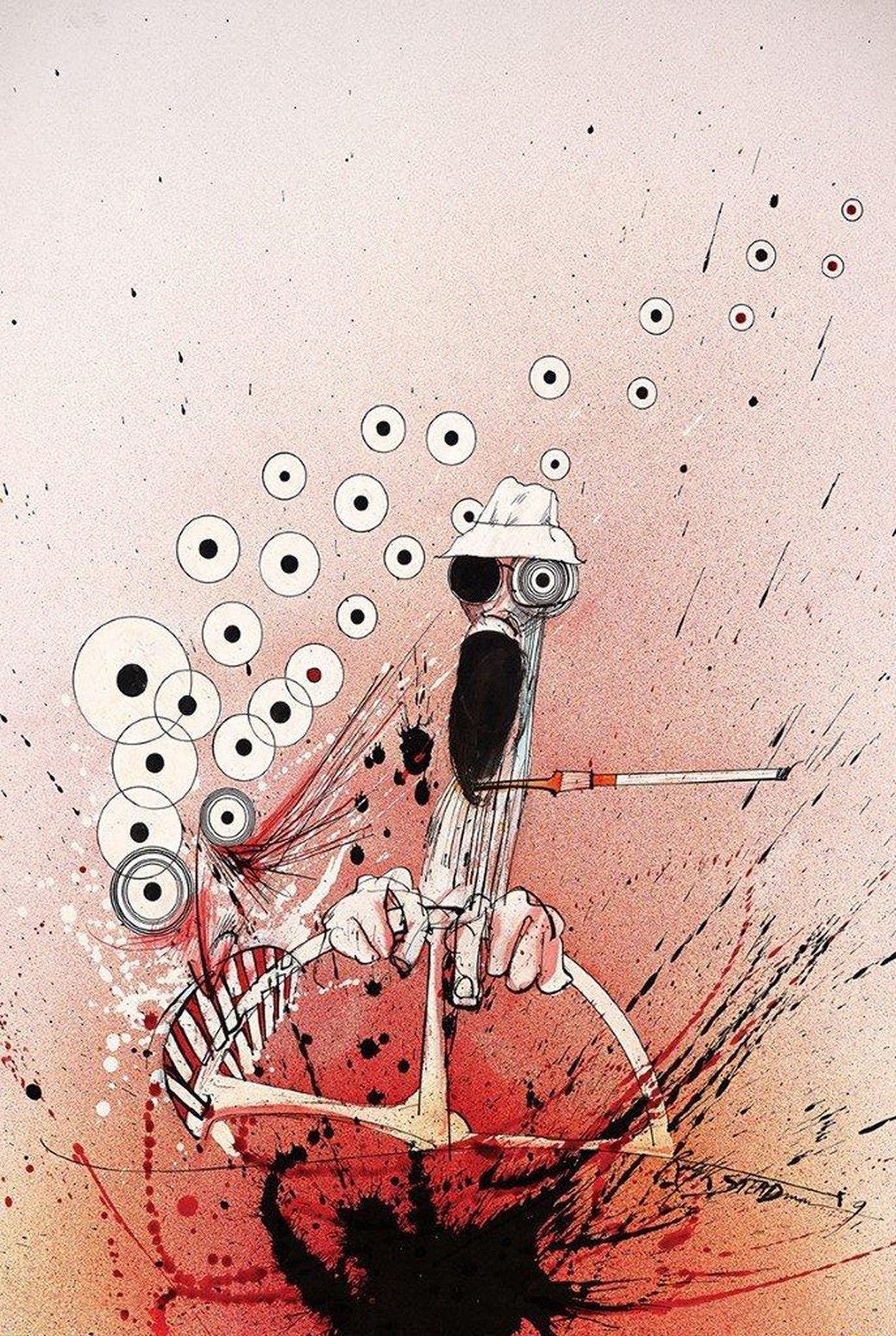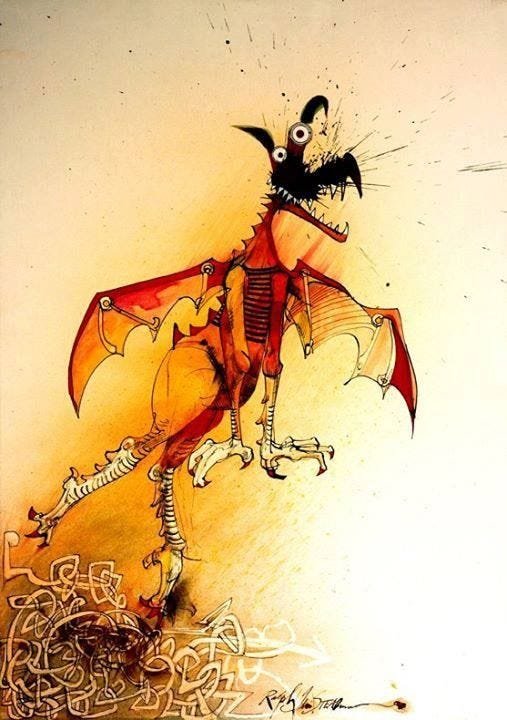Re-thinking Strategy.
What is strategy?
Strategy is Future Competitive Advantage.
What will the future look like? What will people need and expect? How will demographics, technology and other global shifts create new competitors or recharge current competitors and how will categories blur, blend and maybe even disappear?
Amidst these new expectations and changing competitive dynamics what advantage will your company offer? A differentiated or better product? A competitive moat of network effects, scale or some other dynamic? A better experience? Speed and value?
Very few companies even today get strategy right primarily because they do not understand the exponential impact of technology but also because they make the cardinal mistake of defining their category and competitive set looking backward versus forward.
One example among many is the auto category which defined the key drivers of their category in ways that did not see a Tesla or an Uber for years after they began to scale. How could software be as, if not more, important than hardware? How could electric be better than internal combustion engines? Do most people need the expenses of owning cars or do they just need on demand mobility?
Why the strategy of every organization needs to be re-thought.
If a key to strategy is the future what happens when the contours of the future shift dramatically?
In the past five years things have become far more complicated.
More moving parts, buzzing around at faster speeds in ways that are more interconnected to each other.
Many of the assumptions that underpinned strategy have not only shifted but, in some ways, the exact opposite of what firms believed is coming true.
Here are just a few “beliefs” that now need to be queried:
a) Expanding populations: When calculating “Total addressable market” or “rate of growth” most companies factored in growing populations.
Now the exact reverse is beginning to happen. Populations have started to decline in most advanced economies at a frightening rate.
b) Scale is a competitive advantage: While scale still matters it matters far less than ever before (except for a few businesses where it matters even more) and the very nature of what is scale is changing with many old forms of scale being competitive disadvantages!
c) Capital and talent are in abundant supply: Capital continues to remain in abundant supply but has become a bit more selective, but talent is in such short supply that the greatest ROI for businesses may come from unleashing the untapped capacity of their talent. Return on Human Capital will be a key measure of return joining Return on Capital and other metrics.
Population declines in advanced markets.
It takes 2.1 children per woman to keep the population flat.
That number in most advanced countries is less than 1.7 and declining.
The latest UN projections suggest that the world’s population could grow from 8 billion people to a peak of 10.4 billion before the end of this century. But if we exclude population growth in Africa the population of the world has peaked and, in a few countries, we are starting the great shrinkage.
The Shanghai Academy of Social Sciences team predicts an annual average decline of 1.1% beginning in 2021 pushing China’s population down to 587 million in 2100, less than half of what it is today.
Every business should interrogate their strategy to ask two questions a) how will our plans be impacted in our key markets with declining populations and b) what is our plan for the continent of Africa which will contain more 40 percent of the global population in 2100?
Scale may no longer be the competitive advantage we think.
One of the long-standing tenets of business are the advantages of scale.
Scale has provided companies with many benefits from higher margins due to lower costs, to insulation from competition due to moats of marketing spending and widespread distribution.
Over the past decade however the benefits of scale have diminished and in some cases are proving to be a disadvantage:
Scale of Distribution: With direct-to-consumer marketing enabled by the Internet and platforms like Shopify, widespread retail distribution is no longer as effective an advantage. Clearly distribution matters but there are ways to route around the big stores by going direct and creating demand that forces buyers to stock your product.
Scale of Communication: New media behaviors by people particularly search and social are leading to communication channels where spending power is no longer a competitive edge as it was in television or print where marketers cornered key inventory at advantageous prices. Platforms like Facebook enable millions of small businesses with personalization and targeting capabilities to discover customers and be discovered. As content supported by advertising declines to less than a third from nearly two thirds (scale of spending while still being important is losing its potency.
Scale of Manufacturing: The “Everything as a service” platforms from Amazon Web Services to Foxconn allow smaller companies to gain the edges of scaled manufacturing, distribution, and technology without any of the legacy disadvantages of size.
Scale of People: From IBM to GE to Unilever to Walmart there are hundreds of thousands of employees and therefore ability to recruit and grow a range of talent and offer career advancement. Scale of people continue to be important to execute complex and large tasks but there are also new ways to re-aggregate talent. And a generation of talent wants to work in smaller and more entrepreneurial environments. In the post Covid world as we move to unbundled workplaces there will be far more ways to build teams both globally and in real time than ever before.
Legacy scale still matters in most industries and is critical in quite a few like semi-conductors. In fabricating advanced chips, a new fabrication plant can cost over 4 billion dollars and there is no way around scale. Today TSMC (Taiwan Semiconductor Manufacturing Company) dominates due to its scale.
However, while we can never underestimate legacy scale, there are new forms of scale that every smart company recognizes and is expanding into.
Here is the gentleman with the greatest following on You-Tube who launched the first of a chain of pop-up burger restaurants last Sunday.
The New Scale.
Scale of Data: Increasingly companies are realizing that collecting, refining, and leveraging data is what is driving the modern fast growing and highly valued companies from Amazon to Google to Uber. Data enables a new form of scale which is that of mass personalization.
Scale of Networks: On the Internet network effects play a dominant role in creating winners. Dominant platforms such as TikTok, Facebook, Netflix, and Tencent (WeChat) enjoy flywheel effects of more users attracting more users and therefore marketers and businesses.
Scale of Influence: Today individuals have tens of millions of Instagram followers or leverage Twitter and TikTok to reach hundreds of millions of people with single posts and tweets. If you look at scaled entities on social media, they are individuals. People are seen as authentic and certain folks like Elon Musk can move markets.
Scale of Talent and Ideas: One of the lessons of history is that every advance in technology places a premium on superior talent. Technology is a lever and when married with great talent a company enjoy major scale effects.
A vivid example of how the new scale works is Kylie Cosmetics. Kylie cosmetics was launched by Kylie Jenner to sell lipstick. In less than two years Kylie Cosmetics sold 900 million dollars of product making the 21-year-old the fast billionaire ever. Kylie cosmetics had less than 50 full time employees, outsourced manufacturing to Seed Beauty a contract manufacture and all e-commerce and fulfillment to Shopify. The single media channel besides PR that Kylie Cosmetics used was Kylie Jenner’s Instagram account with 120 million followers+ (more than the ratings of the top 10 prime time television shows combined)
And even new scale can be disrupted as TikTok’s focus on video and entertainment and a new algorithm allowed them to overtake Meta indicating that Meta’s multi-billion-person social graph which married great data and network effects of new scale could not stop a juggernaut from rising in less than five years!
One of the areas every leader should study is where the Internet is heading. Web 3, Metaverses, Tokens/Wallets and DAO’s have many challenges and noise around them but they are truly revolutionary and will accelerate power to talent and individuals in exponential ways.
Ideas and talent are the true moats everything else can be bought pennies on the dollar.
The scarcity of talent.
Talent is all. Talent is in short supply. Talent needs to be paid attention to if any strategy is going to work in the future.
The charts above which are for the United States indicate the scale of the challenge anyone hiring talent in the US will face as populations age, immigration stalls while the number of jobs grow.
Add to that the reality that over a quarter of people have moved hundreds of miles from their original office, many people have side-gigs and have begun portfolio careers and that one can work for a spectrum of global companies from anywhere where one has a good Internet connection!
Growing, leading, attracting, retaining, and investing in talent is going to be a key strategic advantage.
Every human and individual and employee with the right support and placement can be highly productive and valuable.
Every strategy deck should have a significant section on unleashing talent and not of competitive dynamics, financial metrics and total addressable market and other data.
Companies grow when talent grows.
Next time you here about a company changing their CEO no matter what they say what is really happening is one or more of the following:
a) They have over invested in China or have overestimated growth in and therefore the total addressable market in the US, Europe, Korea, and Japan.
b) They have over built particularly too many stores or too many theaters or just too many thinking they could crowd out competitors. Now they have a sea of sameness that looks dated and is a legacy cost versus an asset.
c) Their leadership has a talent problem or there has been a break down in the social contract between the people who do the work and are on the frontlines and management.
Architecting Joy.
A definition of success is the freedom to spend time in ways that gives one joy.
Joy is more than happiness which is often transitory as it ebbs and flows with external events.
Joy is more akin to contentment and satisfaction.
Some believe it is momentary suggesting we have “flashes of joy”.
The joy that comes with deep satisfaction and contentment however endures and its contours do not waver with the oscillations of the transient.
Experience, time, and observation reveals there are ways to architect joy.
Joy=Grace+Flow+Connection.
Joy encompasses grace, flow, and connection.
The joyous exhibit graciousness, they tend to be in a state of flow and connected to both reality, other people, and some things higher and deeper.
Grace.
Grace is a fusion of demeanor and deportment.
The graceful combine a generosity of spirit, a sense of respect for others and a humility regardless of their level of excellence and skill.
Generosity of spirit in understanding that much of what is meaningful is not a zero-sum game.
Respecting others by being aware of them and their needs and backgrounds.
Humble in not losing one’s sense of perspective that everybody’s achievement while significant is due to a combination of many factors including luck, opportunity, inheritance, and the specific time and not just due to skill and hard work.
Flow.
When in a state of flow an individual is inside and outside time.
Deeply immersed in something while extracted from the ordinary.
It can come in many ways including working on something which is challenging to stretch one but not so difficult that one cannot achieve positive outcomes.
It can come from being immersed in making things, building things, and creating things.
And it comes from learning and seeking wisdom. In being able to connect the dots and see and understand things in ways that give one joy.
Connection.
The joyous seem to have strong relationships to other people and to a higher cause or purpose.
Humans are social beings and most need some form of connection. The ability to invest and grow connections tends to be associated with joy.
In addition to these human/family connections many gain joy by connecting to a higher cause or purpose.
It may be a charity, it may be a social cause, a striving quest, or some form of a religious or spiritual endeavor.
The stones used to architect joy.
Generosity. Respect. Humility engender Grace.
Creating, Learning, Challenges enable Flow.
Relationships. Purpose. Spirituality elicit Connection.
Intriguingly these are human and not specific to an industry, a race or country.
They sometimes result in fame, power, and money but they can thrive in the absence of these.
Try to create and build and learn. Invest in relationships and respect others without being full of oneself. Find a cause or calling.
By mindfully focusing on and spending one’s time in these ways this one can architect joy.
What’s Next?
This thought letter the “The Future Does Not Fit into The Containers of the Past” is now 2 years old.
It launched with the goal of being a gift that was 100% opt-in, completely free, and bohemian in nature covering a range of very different topics but infused with a growth and future mindset.
Despite zero advertising the thought letter is read by about 25,000 people every week.
It has found its audience by being mentioned at speaking events and a weekly social media post on LinkedIn, Twitter, and Facebook. But most of the audience has been built by readers forwarding to their friends, colleagues and organizations and positive word of mouth.
Reflecting the diversity of topics it is read globally by thousands of people early in their career and by over 500 CEO’s and Presidents of companies. Readers work in a range of industries across business, finance, academia, art, science and technology.
Thanks for the support.
The Future…” now easy to access, continuously updated, and quickly shareable!
At the request of readers who would like a way to easily access the past two years of writing (since I do not write about news, current events, or politics almost every piece is as relevant today as when it was written) I have launched a continuously updated page that is easy to bookmark and share.
The page curates and organizes the writing that has resonated the most into twelve different categories that people care about from “The Future” to “Becoming a Leader” to “Selling Better” to “Upgrading Our Mental Operating Systems” to “Managing Careers” and much more.
The page can be found here: https://rishadtobaccowala.com/100
If you would like to introduce someone to my writing and thinking please share this post or the link above! Share
What Next? Podcast.
Two years ago, around the same time I started publishing this thought letter, I began hosting a podcast called “What Next?” for the Publicis Groupe where I had spent my entire 37 year full-time working career and to whom I have been fortunate to remain connected as a Senior Advisor.
In the 65 episodes recorded to date, I have spoken with a spectrum of people including historians, scientists, entrepreneurs, business leaders, venture capitalists, marketing leaders, advertising giants and many others on what they believed the future held and how we could align ourselves and transform our companies to thrive in such a future.
Until now “What Next?” had been available only to the 87,000 global employees of the Publicis Groupe but now with the release of 8 Episodes it is now available on all major podcast platforms including Apple and Spotify. A brand-new episode will be released each weekend.
There are some amazing guests who have already been recorded and scheduled to appear over the coming months.
The readers of this thought letter may find the podcast series relevant for three reasons:
Just like this thought letter it is focused on the future and how we can grow and transform to thrive there.
Like this thought letter it is a gift completely free of subscription fees or advertising.
The two share a common voice and writer but the podcast also brings in a diversity of amazing voices.
The first 8 episodes (each about 30 minutes and tightly edited to maximize insights per minute and respect your precious time) reflect this spectrum and diversity in the range of guests. Listen to any that catches your fancy. If you listen to a few you will realize how diverse in topic, mindset and perspectives each are.
Here is a brief summary of each of the 8 episodes:
Four predictions by a $20 Billion Deal Broker You Don’t Want to Miss
Terence Kawaja, CEO, and co-founder of LUMA Partners, is the dealmaker in the media sector. Check out this episode where Terry (as he is known to friends) predicts “zero-based calendaring”, how marketers need to “portfolio re-balance” their spend from physical retail to e-commerce in a rapidly changing commerce landscape post-covid and where the metaverse will be found (and it’s not on our heads).
From the BBC to B2C
In a very special episode, Rishad talks to renowned historian, award-winning BBC broadcaster and digital business entrepreneur Dan Snow. They explore how Dan has accelerated away from traditional broadcast to build an agile and successful digital content business by exploiting the impact of digitization.
Data, Lies, and Software
Brittany Kaiser, Cambridge Analytica whistleblower, author of Targeted, co-founder of the Own Your Data Foundation and leading player in the Netflix film The Great Hack, explains how data was weaponized in the Obama, Trump, and Brexit campaigns, what future public data policies look like and the opportunities to grow beyond the big platforms.
Is the Agency of Tomorrow, the Agency of Today?
Marla Kaplowitz, President & CEO of the 4A’s (www.aaaa.org) , discusses how the relentless expansion of digital platforms will redefine client and agency relationships, the new skills needed in agencies, and ‘quantum marketing’.
The Sound of Work
Rishad talks to neuroscientist and sports psychologist, Dr Julia Jones about how sound and music can improve your performance whether you’re working from home or in the office. Her book The Music Diet (published in 2019) championed a new approach to workplace wellness. See www.neuronwellness.com for more info.
Can’t Sell Won’t Sell
In 2022, 85% of Cannes’ Grand Prix winners were social purpose/charity related campaigns. Advertising's most influential champion of social purpose, P&G's Marc Pritchard, surprised and even shocked many in the industry by announcing that we needed to now prioritize generating growth over doing good. That's an argument Steve Harrison has been making since the launch of his book "Can't Sell, Won't Sell: Advertising, Politics and Culture Wars. Why ad land has stopped selling and started saving the world". Here he discusses what the IPA called "the most provocative advertising book in years" in what could well be Rishad's most provocative podcast in years!
Lévy on the Level
In a wide-ranging interview, Maurice Lévy shares the inside story of the Power of One, how Viva Technology is poised to evolve, and why “the blank cheque of trust” is worth more than the paper it’s written on. He speaks candidly about his own “basket of failures” and why you should “stay in bed at home” if you’ve no passion for the work you do.
Data Dazed and Confused?
Rishad talks to Timandra Harkness, Fellow of the Royal Statistical Society, broadcaster, and author of Big Data: Does Size Matter? about the uses and abuses of data during Covid and what we might expect in our personalized century.
A great team spread around the globe puts this together:
Executive Producers: Christopher Harrison and Severine Charbon
Producer: Lara Parker
Audio Engineer: George Turner
Audio Engineer: Michael Powell
Sound Designer: Grzegorz Fiedorowicz
Project Coordinator: Anne Bor Gloaguen
Communications Consultant: Karen Lim
Host Photo: Emmanuel Andre
Theme Music: So Solid Sounds
Post Producer: Zuzanna Brzezinska
Editors: Mark Jewitt / Gilly Smith
You may want to subscribe by clicking by on the the words “ Apple” or “Spotify” below (The podcast has been distributed globally across most if not all platforms and not just Apple and Spotify).
You might find them intriguing, interesting and irreverent!
Thank you!
Embracing Excellence.
Over the years some simple and impactful pieces of advice:
“Find something or somebody to admire”
“Observe excellence”
“When you reach for the stars, you may not quite get one, but you won't come up with a handful of mud either”
We all have limited time, and we can spend it engaging with people and things that we admire, or we can spend it looking down on people and discussing what angers, disappoints and troubles us.
There will always be things that enrage us and gets us upset and these are readily served up by todays algorithmic mediascape.
But focusing our attention this way may leave us empty, spent and not any better off than we were before.
But, if we focus on excellence and learning from people or things. we admire we are more likely to come away fulfilled and inspired, wanting to reach higher and strive for growth.
Every few weeks this thought letter will focus on something or somebody that the author believes is “the absolute best in the world bar none” and that is available to everybody for little to no cost that bears listening to, watching, or engaging one’s attention with.
Today it is a television series that will make you feel, see, and think differently about yourself, other people, how to look and listen and much more.
It is not just a great body of work but a work of art that will reverberate for years.
The best television show made to date.
A case can be made that we are living in the greatest time for television.
There are nearly 500 scripted shows in the United States alone. Modern digital tools and competition for content among a plethora of streaming services are enabling more voices and more shows to be more available to more people than ever before.
And at the same time our televisions are getting larger with better pictures and sound (listen with wireless headphones for a theater experience) and streaming gives us the opportunity to eliminate commercials and to consume the story telling on our own schedules.
The pantheon of great shows span the world and include shows like “Borgen”, “The Bridge”, “Fauda”, “The Bureau”and many more from outside the US and “The Sopranos”, “The Wire”, “Mad Men” and “Breaking Bad” from the US.
And then there is one that matches the quality of these legends but could be the best television series made to date.
A series that ended this week after six seasons spread over 7 years and 63 episodes and is now available worldwide on Netflix and other platforms.
Better Call Saul!
Why Better Call Saul?
Better Call Saul is a prequel to Breaking Bad which is usually on the list of the best two or three television shows ever. It is the story of how one of the main characters of Breaking Bad a lawyer called Saul Goodman came to be.
Over the years the prequel went from being very good to being the equal to and then maybe better than the original.
How does one reach for excellence? By focusing on five things that this television series personifies:
Emphasis on talent.
Culture of excellence and teamwork.
An attention to and sweating of details.
Aligning with and leveraging technology.
Respecting and trusting viewers.
1) It all begins with talent: The show runners and much of the crew of Breaking Bad worked on the new show and many of the stars of the first show play roles on the new show joined by many new actors. You begin with world class talent and stir in years of experience, and you have magic!
2) Culture of excellence and teamwork: Because of the quality of Breaking Bad talent of every sort wanted to work on the new show. But it was not just the quality of Breaking Bad that attracted talent but also for the atmosphere and culture of diversity, fairness, empowerment, and teamwork that made for an amazing working atmosphere which made everyone jump at the opportunity to work on the new show. There was an emotional buzz to every day of production that ran across everyone from the main stars to the carpenters working in the prop department. This showed in the work. You can feel it here in the out takes on the last day of the set.
3) State of the art craft and attention to detail: The late Roger Ebert quoted Howard Hawks who said a good movie has “Three great scenes. No bad scenes”. As we get into the later seasons of “Better Call Saul” we have three or four or five great scenes in an hour and there is no single episode among the 63 episodes that will not make you stop and say, “I have never seen anything like that before!” or “How did they do that?” From scripts that are written by wordsmiths who do think visually, to casting that is perfect to editing and lighting that moves you this show has it all.
The attention to detail includes the need for space and silence.
Here is an article in the Wall Street Journal titled…How Better Call Saul Redefined the Art of Television and contains this quote…The visual language of “Saul” begins with its writers. Their breakdowns of how scenes should look are more extensive than those in typical TV scripts. “A lot of people think writing is about dialogue, but for us it’s the spaces in between the dialogue that are the most important,” Mr. Gilligan says.
4) Leveraging technology to enhance storytelling: This show looks and feels different because its creators understood how television technology at home was changing and also how modern digital cameras and editing was enabling storytelling in new ways. From “How Better Call Saul Redefined the Art of Television”:
In its final episodes, the prequel has caught up to the timeline of “Breaking Bad.” When that show first hit cable in 2008, more and more viewers had flat, wide-screen TV sets in their homes, but many TV directors had not yet abandoned techniques used for old-fashioned squarish screens, says Mr. Gilligan, who created “Breaking Bad.”
“Everyone was still framing claustrophobically tight,” Mr. Gilligan recalls. For today’s TV screens with similar proportions to cinema screens, “I wanted to frame in the way John Ford and Akira Kurosawa did, to crib from two of the greats. We tried to make ‘Breaking Bad’ look as much as we could like a western.”
“Saul,” also set in Albuquerque, N.M., premiered in 2015. Before production started, Messrs. Gilligan and Gould presented a slideshow for their crew with images from films they wanted to use for inspiration. They included 1970’s “The Conformist,” known for director Bernardo Bertolucci’s unique angles and framing.
Because the later seasons of Better Call Saul were produced a decade after Breaking Bad ended the better technology truly enhances the visual aspects of the story telling. Here is just one scene less than two minutes long that took days of filming:
5) Respecting/Trusting viewers: Some of the best art and storytelling in the world is effective for what it leaves out or does not depict as much as what it leaves in or depicts. Many of the most powerful scenes and storytelling in Better Call Saul trusts the audience to connect the dots and fill in the blanks.
More is less when you respect the audience.
Learning how excellence is sculpted.
Not only is “Better Call Saul” among the best if not the best television show but it’s companion podcast is possibly the best free master class one can get on every aspect of how excellence is sculpted.
Unlike other podcasts about television shows this one is unique in what it covers and who appears in it.
First, it is not about what happened in each episode but on how the episode was crafted. Not the entire episode but maybe two or three key scenes.
Second, the creators of the show Vince Gilligan and Peter Gould participate in each podcast and the guests are not just the actors/actresses but make up-artists, sound engineers, editors, directors of photography, script writers, location scouts, prop creators, music choreographers and the entire spectrum of talent that goes into the making of the show.
It is a master class that will blow your mind on not just how this show is made but how stories are told, the details that go into each minute and you will never every see, feel or listen to anything you watch in the same way.
A master class on how a masterpiece is created minute by minute, block by block by the people who crafted the masterpiece speaking in english for non-experts.
Here are links to the podcast on Spotify and Apple but it is available free of cost and free of advertising and promotional interruptions on every major podcast platform:
Watch an episode of tv and then listen to an episode of the podcast.
“Big big things inside people.”
In the end what made “Better Call Saul” was its delicate and nuanced understanding of humanity.
It combined the quest and search of Homer’s “Odyssey” with the comedy of “The Simpson’s” Homer Simpson. It mixed tragic elements of Shakespeare with the uplifting elements of the redemptive power of love.
It was about the complexity of individuals and the forever journey of becoming.
It was a series that was constrained in one way that it needed be true to its sequel but as the best creative people have always stated there is nothing as powerful as a tightly constrained brief to unleash the powers of imagination and storytelling.
In one way this is much ado about a fictional story and a television show.
But in the end that is all we are.
We are stories and one person is many stories.
Joan Didion wrote “we tell ourselves stories in order to live”.
Like most great art, Better Call Saul makes you feel more alive when interacting with it and transforms your perspectives long after the experience.
De-Bossification.
Art by Ralph Steadman
In many industries particularly “White-collar” ones the era of “bosses” is in decline.
There is a rise in the need for leaders, guides, coaches, mentors, role-models, creators, and builders.
Less of a clamoring for bosses, managers, controllers, monitors, evaluators, and paper pushers.
This shift has been driven by changing demographics, the spread of technology, the rise of unbundled and distributed work, new behavior expectations, and a re-definition of what “work” is including the rise of fractionalized and free-agent talent who work for themselves or at multiple jobs and are expected to comprise most of the work force in the US by the end of the decade.
For more about these changes please read The Future of Work and The Transformed Talent Terrain.
Art by Ralph Steadman
The New Leader.
Modern leadership is about zone of influence versus zone of control.
People follow people and not titles.
Leadership is a role and not a job title.
It is a way of being infused with a passion for excellence and a quest for middle to long term multi-stakeholder growth (company, community, employee, leader) versus a focus on the short term and emphasizing only investors/owners.
Most importantly it is about the continuous feedback and learning of a growth mindset.
Art by Ralph Steadman
Why the old model is collapsing.
Once upon a time a manager controlled the flow of information, access to opportunities and was a font of expertise and craft.
Today the half-life of knowledge is growing shorter and shorter and the “way of this is the way things were done” is often the opposite of what needs to be done as new competitors and customer expectations do not care a fig about the way it was or is.
Talent can find information, opportunity, and knowledge at a click of a mouse or the pinch of a finger and often are working at the other side of the world making monitoring, controlling, and overseeing difficult.
The future does not fit in the containers or the mindsets of the past and many bosses are like sailors navigating their ships by looking at the mirage of a star that has long set.
Every year fewer and fewer people care about the dues paid or the way it was or what was done.
Experience that matters is the ability to practice at the state of art, be at the top of one’s craft, have the ability use previous learnings to find patterns, connect dots in new ways and distill insights.
Art by Ralph Steadman
Transforming from boss/manager to leader/coach is possible for those wishing to try.
As times change the best managers adapt and learn and flex into new shapes and learn new skills.
Just because someone has bossy traits and was forged in a different era does not mean they cannot re-invent and re-wire their skills if they want to.
This transformation requires three conditions:
First it requires today’s bosses to accept that to grow and remain relevant they will have to change and while it may be difficult it is better than becoming irrelevant.
It also requires their leaders to ensure that new incentive systems that are more about zone of influence, growth of craft and people versus zone of control of budgets and team size are put into place.
A new way requires new pay.
And there is an urgent need for coaching and training and patience to help today’s managers become tomorrow’s leaders.
A personal hunger supported by new incentives and buttressed with training including the opportunity to self-learn is the formula.
Talent is short and it is a mistake to believe that seasoned employees cannot grow into new potential.
New brooms sweep clean but old brooms know the corners.
Art by Ralph Steadman
How one can “De-Bossify” oneself.
Every human has the potential to grow and change since in many ways growth and change is what life is.
A three-step program:
Make time to learn: To do so requires us to listen to the voices of discontent and concern in our own head that we may be understanding less or lacking skills we need and instead of suppressing these or beginning to be buzzword bingo players spewing the latest in management or tech lingo to wallpaper a lack of understanding we need to go back to school.
Today because of global shifts, demographic changes, advances and technology and the shock of Covid-19 everybody needs to be schooled and no one is alone. Knowledge and skills must be learned and are not immaculately gained.
Challenge ones thinking by seeing at things from outside us: Whether it is getting feedback from others or building a case for the exact opposite way of doing and thinking from the way we currently practice it is important to stretch oneself and look at things from a different vantage point.
Gaining new perspectives via provocations and new point of views can be thrilling and not just chilling.
Do/Build/Create/Practice: Modern leadership is being able to guide through experience. If one wants to learn about the Future of the Internet reading a book on the Metaverse and appointing and delegating to a Chief Metaverse Officer is not enough. One needs to don a VR headset, mint an NFT, get a Meta-mask or other wallet, trade on a De-fi platform…
We are all must be apprentices now if we wish to grow up to be or remain the Magic Sorcerer!
May the force of de-Bossification be with us!






